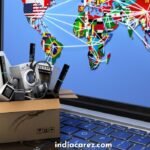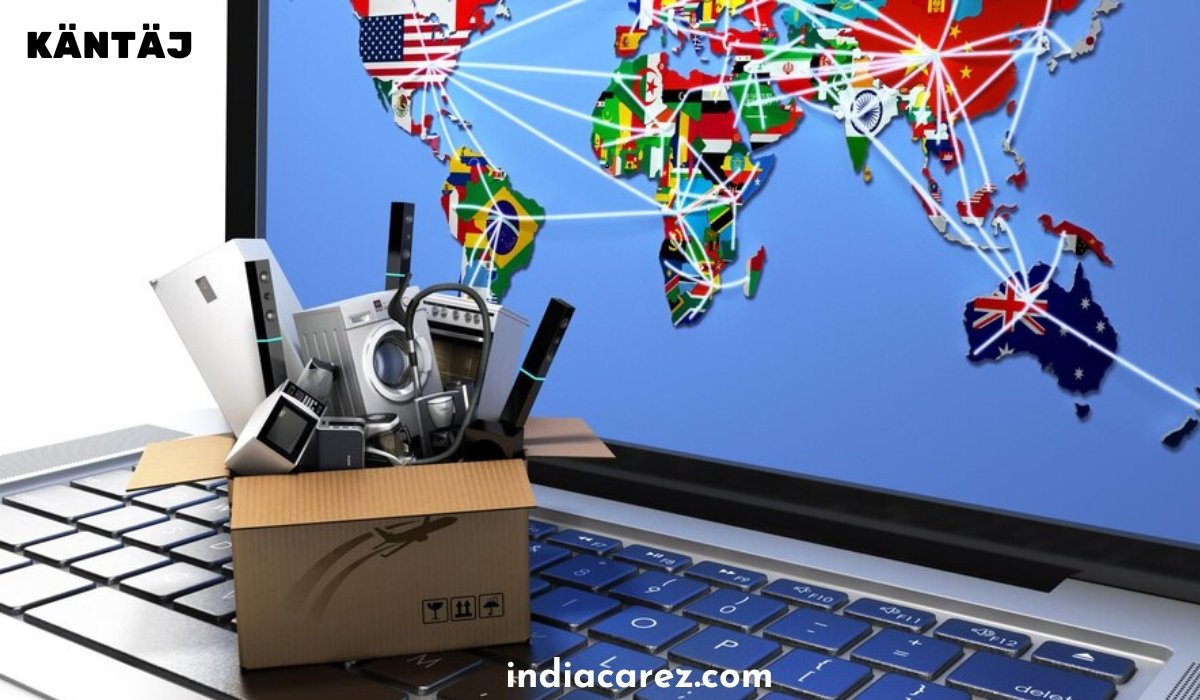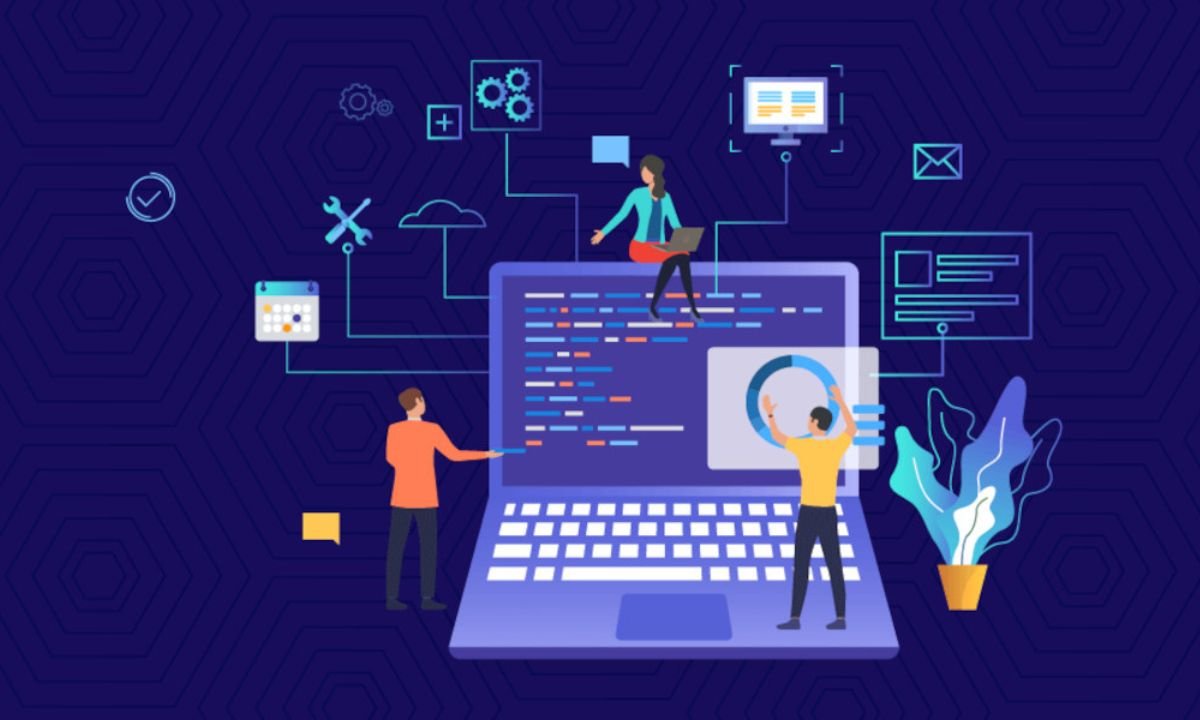Water is one of Earth’s most critical resources; however, its overuse can adversely affect this already limited resource. Due to rapid urban growth and climate change affecting the availability of water and how everyone thinks about water, people are going to have to be creative and innovative in both maintaining supply and using that supply wisely through conservation and practices that result in efficient use of water.
Water management systems utilising the Internet of Things (IoT) are a change that can disrupt and transform the ways we monitor and manage water resources, along with designs for water conservation. By implementing smart sensors, real-time data, and automated systems in a simultaneous way, IoT systems will help improve the distribution of water, identify leaks, and monitor water usage of both residential and commercial users. Let us look at how IoT-based water management systems improve and disrupt long-held terms of water conservation and contribute to sustainability.
What Is An IoT-Based Water Management System?
An IoT-based water management system is a system that integrates IoT (i.e., the Internet of Things) to connect smart devices, sensors, and cloud-enabled devices to monitor and manage water consumption in real time. It is a revolutionary technology that has already spurred massive innovation in various industries and applications.
Applications of IoT Systems for Water Conservation
How are IoT systems useful in conserving water? Let’s take a look at some of their applications below.
- Agriculture
Agriculture is one of the largest consumers of water. Beyond tracking and monitoring water usage, IoT systems optimise water consumption by analysing weather conditions, the overall moisture content of the soil, and crop needs. This naturally works as an eco-friendly move for the agriculture sector while also scaling up overall efficiency and production.
- Water Distribution & Wastage Prevention
IoT can be used by municipalities to monitor water supply networks to allocate smaller, equitable amounts of water so that different service territories do not experience a water shortage. It can also monitor pressure variances, determine where pipelines might have ruptured, and monitor water flow. This will help prevent leaks and water wastage alike, which is a must across housing societies and communities.
- Water Quality Management & Safety
Continuous monitoring of attributes like pH, turbidity, and contamination levels allows for a reduction of health risks associated with drinking water. IoT technology monitors the water quality as per stringent standards, thereby paving the way for safe and disease-free communities.
Looking Ahead: The Future of IoT in Water Conservation
As IoT technology grows, water management systems will become more developed in future years. AI and machine learning will improve predictive analytics capabilities considerably, allowing residential communities, cities, and industries to manage water resources proactively as opposed to a reactive approach to water quality, safety, or distribution issues.
There will also be a growing dependence on water quality monitoring, tech-driven cleaning alerts, and supply monitoring and distribution. Leak detection will be another area that will witness sizable growth in the future. Professional service providers and industry experts will be in demand for installing IoT-based water management systems across residential communities, industries, and other public facilities. This will eventually pave the way for a healthier and more equitable future as far as utilizing water resources is concerned.










